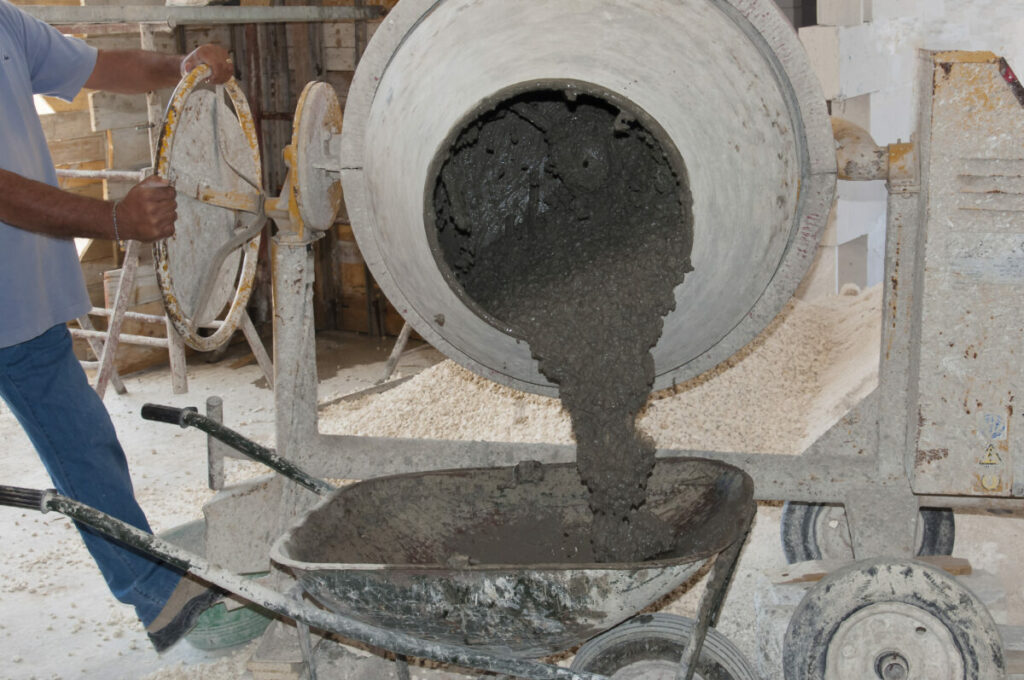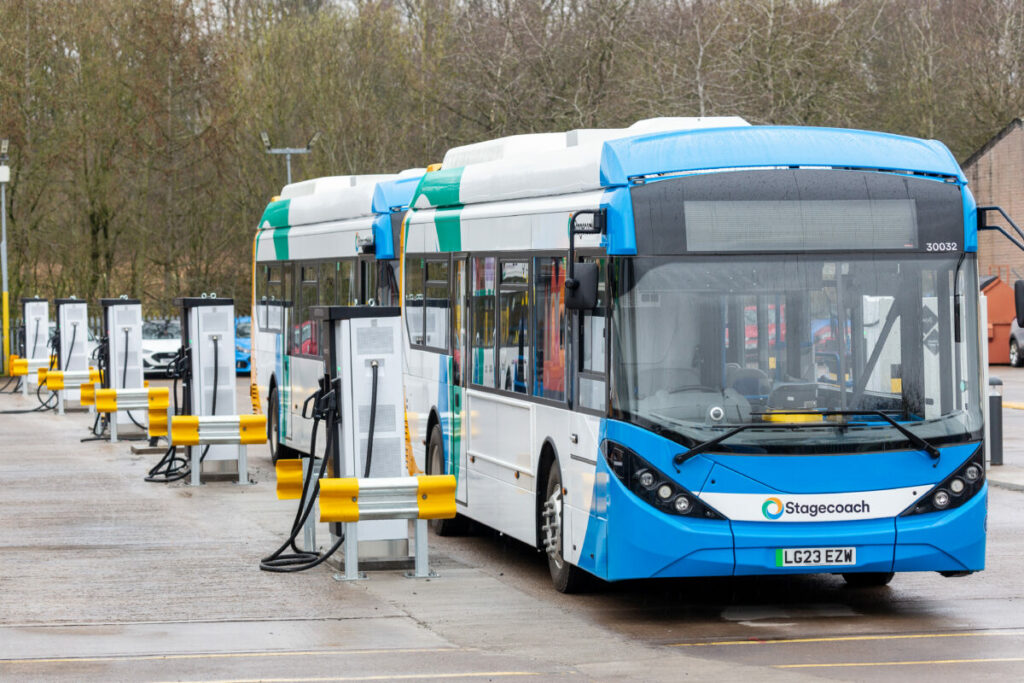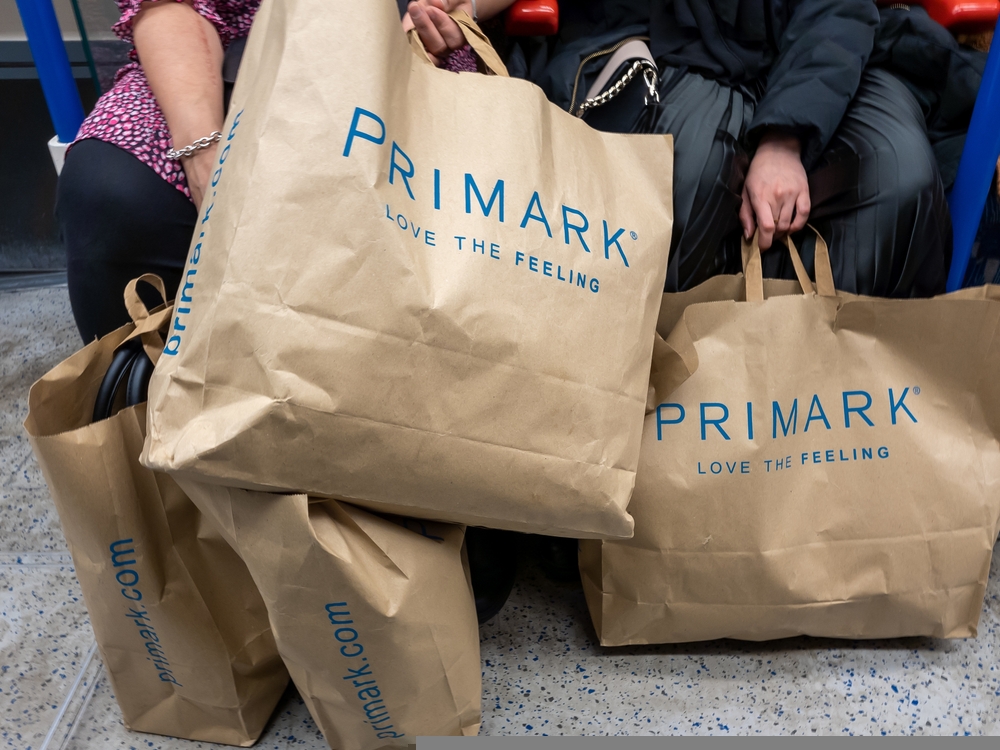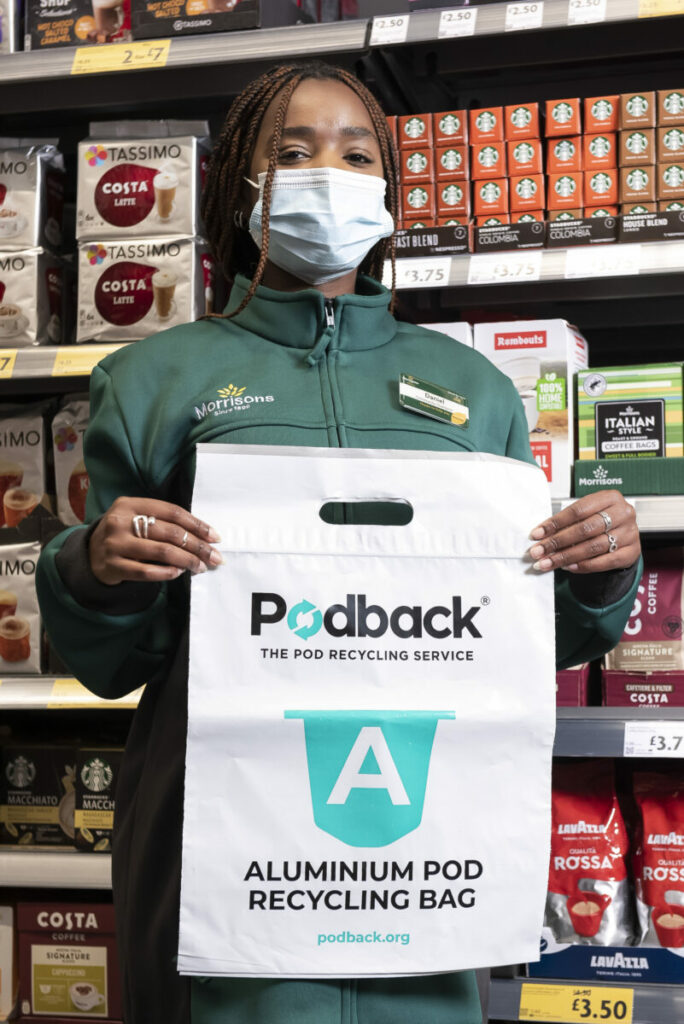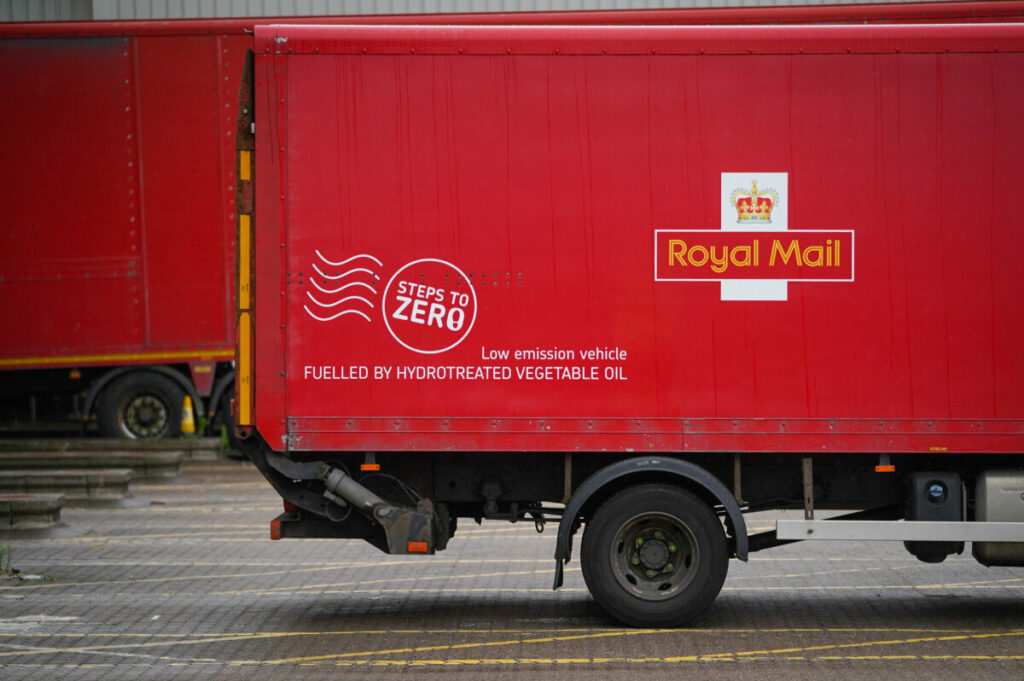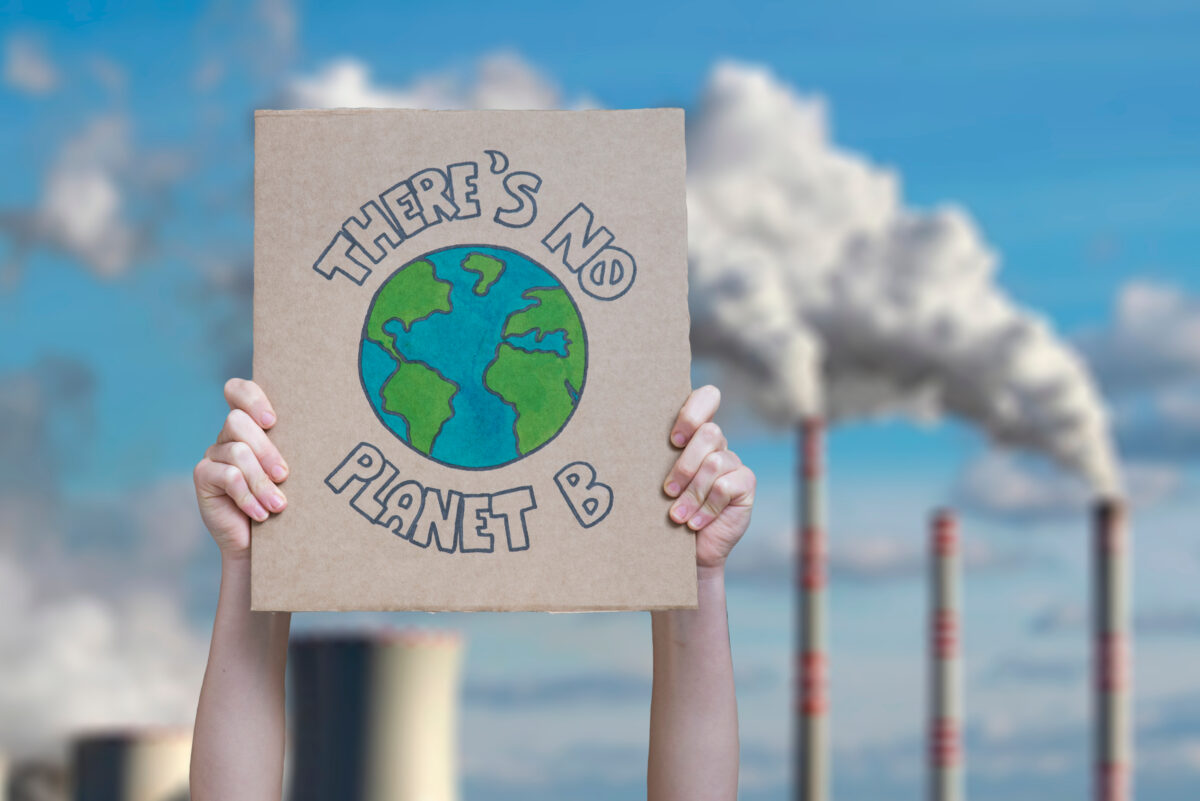Lego scraps plans to make bricks from recycled plastic bottles, arguing it would have produced more carbon emissions.
The company’s chief executive Niels Christiansen told the Financial Times using recycled polyethylene terephthalate (RPET) would have led to higher carbon emissions over the product’s lifetime as it would have required new equipment.
Some 80% of the iconic Lego brick is made from acrylonitrile butadiene styrene (ABS), which needs about 2kg of petroleum to make 1kg of plastic.
To move away from oil-based plastic by 2030, Lego announced two years ago it had made a breakthrough, unveiling a brick prototype made from recycled drinks bottles.
However, Lego head of sustainability Tim Brooks said the transition is “like trying to make a bike out of wood rather than steel.”
By itself, RPET was softer than ABS so needed extra ingredients to give it similar safety and durability to the existing plastic as well as large amounts of energy to process and dry it.
“In order to scale production [of recycled PET], the level of disruption to the manufacturing environment was such that we needed to change everything in our factories,” added Brooks.
“After all that, the carbon footprint would have been higher. It was disappointing.”
Subscribe to Sustainability Beat for free
Sign up here to get the latest sustainability news sent straight to your inbox everyday
Despite the setback, Christiansen said the toymaker is now aiming to make each part of ABS more sustainable by implementing bio-based and recycled materials.
“It’s not going from being 0% to 100% from one day to the next, but you start with elements of it being based on either biomaterials or recycled materials,” said Christiansen.
“Maybe it’s 50%, or 30%, or 70% based on that,” he added.
Last month, the company unveiled its plans to achieve net zero greenhouse gas (GHG) emissions by 2050.




